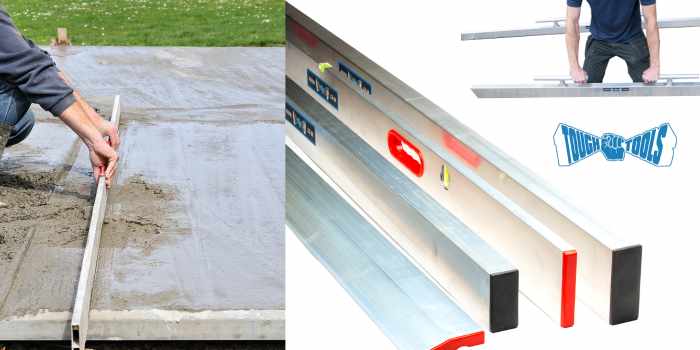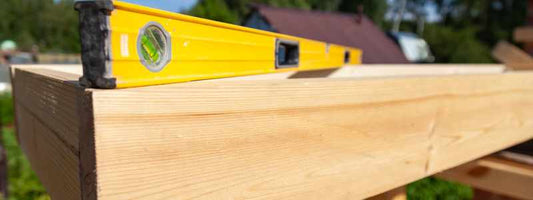Mastering Precision with Straight Edge Tools: Essential Guide for Construction Pros
Mastering Precision with Straight Edge Tools: A Guide for Construction Professionals
In the world of construction and masonry, precision is paramount. One of the most indispensable tools in achieving this precision is the straight edge tool. Whether you’re a seasoned professional or a DIY enthusiast, understanding the uses and benefits of a straight edge tool can significantly enhance the quality of your work. In this blog post, we’ll delve into what a straight edge tool is, its various applications, and why it’s a must-have in your toolkit.
What is a Straight Edge Tool?
A straight edge tool is a long, flat piece of material, typically made of metal or wood, used to check the straightness of a surface or to draw straight lines. It is a fundamental tool in various trades including construction, carpentry, masonry, and metalworking. The primary function of a straight edge is to ensure that surfaces are flat and even, providing a reference point for measuring and cutting.
Key Applications of Straight Edge Tools
-
Checking Surface Straightness
Straight edges are crucial for checking the flatness and straightness of surfaces. In construction, ensuring that walls, floors, and ceilings are even is essential for the structural integrity and aesthetic quality of a building. Using a straight edge helps identify any deviations or irregularities that need to be corrected.
-
Drawing and Measuring Straight Lines
For precise cutting and alignment, a straight edge tool is used to draw straight lines on various materials such as wood, metal, and drywall. This ensures that cuts are accurate and that pieces fit together seamlessly. Many straight edges also come with engraved measurement markings, adding to their utility.
-
Guiding Cutting Tools
When using saws, routers, or other cutting tools, a straight edge can serve as a guide to ensure that cuts are straight and true. This is particularly useful in woodworking and metalworking, where precision is critical.
-
Leveling and Smoothing Surfaces
In masonry and plastering, straight edges are used to level and smooth surfaces. By running the straight edge across freshly applied mortar or plaster, you can ensure an even, smooth finish. This is essential for both the structural soundness and the visual appeal of the work.
-
Ensuring Alignment in Construction Projects
During the construction of walls, fences, or decks, a straight edge helps ensure that all elements are aligned correctly. This not only enhances the visual uniformity but also contributes to the overall stability of the structure.
Choosing the Right Straight Edge Tool
When selecting a straight edge tool, consider the following factors:
-
Material: Straight edges are typically made from wood, aluminum, or steel. Aluminum and steel straight edges are more durable and resistant to warping, making them ideal for heavy-duty use. We stock different thickness of aluminium wall to give varying levels of strength.
-
Length: Choose a length that suits the scale of your projects. Longer straight edges are great for larger surfaces, while shorter ones are more manageable for smaller, detailed work. At Tough Tools we stock from 1m right through to 6m in length.
-
Accuracy: High-quality straight edges should be perfectly straight and true. Precision-machined edges ensure the highest level of accuracy.
-
Features: Look for additional features such as measurement markings, beveled edges, and non-slip grips, which can enhance the tool’s functionality and ease of use.
Why You Need a Straight Edge Tool
- Precision: Achieve exact measurements and cuts, essential for professional results.
- Efficiency: Save time by ensuring that surfaces are level and cuts are accurate the first time.
- Versatility: Useful across various tasks in construction, woodworking, masonry, and more.
- Durability: High-quality straight edges are built to last, providing reliable performance over time.
Conclusion
In the construction and masonry industries, a straight edge tool is more than just a piece of equipment; it's a critical component in achieving precision and quality. By incorporating a straight edge tool into your toolkit, you ensure that your work meets the highest standards of accuracy and professionalism.
At Tough Tools, we offer a range of high-quality straight edge tools designed to meet the demands of professionals in the construction and masonry fields. Explore our selection and equip yourself with the tools you need to excel in your craft. Click here to view our straight edge collection



